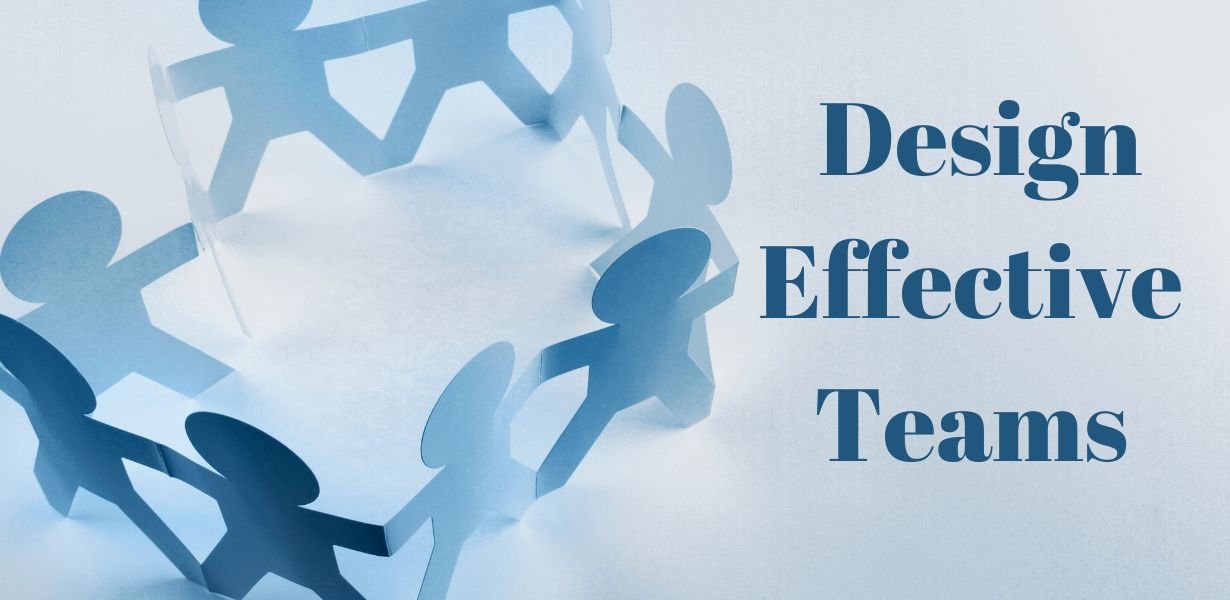Design Category
How to design effective teams?

Designing effective teams is crucial for any organization's success. A well-structured team can drive innovation, improve productivity, and enhance employee satisfaction. This guide explores key strategies for creating teams that work cohesively towards common goals.
Define Clear Objectives
1. Establish Goals
Begin by setting clear, achievable goals for the team. These objectives provide direction and help align individual efforts with the overall mission. Clear goals also serve as a benchmark for measuring progress.
2. Communicate Vision
Ensure that every team member understands the vision and objectives. Effective communication fosters a sense of purpose and motivates team members to contribute their best efforts towards achieving the goals.
Select the Right Team Members
1. Diverse Skill Sets
Choose team members with complementary skills. A mix of technical expertise, creativity, and problem-solving abilities enhances the team's capability to tackle complex tasks and generate innovative solutions.
2. Assess Personalities
Consider the personalities and working styles of potential team members. A harmonious blend of personalities can improve collaboration and reduce conflicts, leading to a more productive team environment.
Define Roles and Responsibilities
1. Role Clarity
Clearly define each team member's role and responsibilities. This eliminates ambiguity, ensures accountability, and prevents overlapping duties, which can cause confusion and inefficiency.
2. Encourage Ownership
Assign tasks that align with individual strengths and interests. When team members feel ownership over their tasks, they are more motivated and committed to delivering high-quality results.
Foster Open Communication
1. Regular Meetings
Hold regular meetings to discuss progress, address challenges, and share feedback. These meetings facilitate open communication, ensuring that everyone stays informed and engaged.
2. Create a Safe Environment
Encourage a culture where team members feel comfortable expressing their ideas and concerns. A safe, non-judgmental environment fosters innovation and allows for constructive feedback.
Promote Collaboration
1. Use Collaborative Tools
Leverage digital tools and platforms that facilitate collaboration. Tools like project management software, shared documents, and communication apps can streamline teamwork and improve efficiency.
2. Encourage Team Bonding
Organize team-building activities to strengthen relationships. Social interactions outside of work can improve trust and camaraderie, leading to better collaboration and a more cohesive team.
Provide Support and Resources
1. Training and Development
Invest in the continuous development of team members. Providing training and growth opportunities keeps the team skilled and adaptable to changing demands.
2. Resource Allocation
Ensure that the team has access to the necessary resources, including technology, information, and support. Adequate resources enable the team to perform tasks efficiently and effectively.
Monitor and Evaluate
1. Track Progress
Regularly monitor the team's progress towards the set goals. Use performance metrics to evaluate success and identify areas for improvement.
2. Provide Feedback
Give constructive feedback to help team members improve. Recognize achievements and address issues promptly to maintain motivation and drive continuous improvement.
Conclusion
Designing effective teams requires careful planning, clear communication, and ongoing support. By setting clear goals, selecting the right members, defining roles, fostering communication, promoting collaboration, and providing necessary resources, organizations can create teams that excel and drive success.





